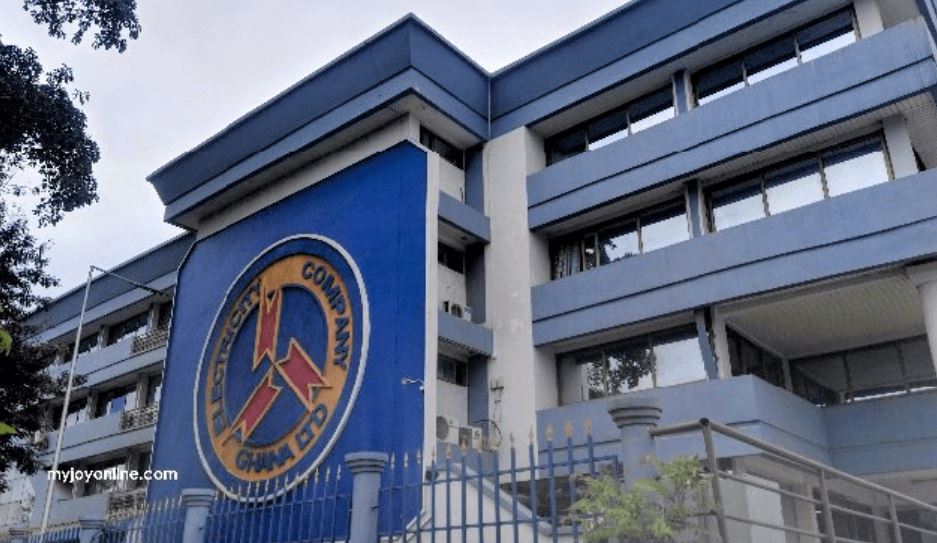- AI needs ‘global governance’, cannot be left to market, UN panel says
- Israeli military strikes Hezbollah as Nasrallah responds to wave of device blasts in Lebanon
- JetBlue to open airport lounges in New York and Boston in battle for big spenders
- From mortgages to auto loans, experts weigh in on when — or if — to refinance as interest rates fall
- August home sales drop more than expected, as prices set a new record
Who Won the U.S. Presidential Debate?

Scientists design high-performance polymer-based electrode binder for lithium and sodium-ion batteries
Global demand for electronic devices and electric vehicles is set to continue growing and diversifying in the coming years. This rise in demand calls for powerful batteries with enhanced efficiency, performance, and safe storage technologies.
Lithium-ion batteries (LIBs) have been ruling this secondary ion battery sector for over three decades now. However, the supply of lithium is gradually declining due to concerns about unsustainable extraction practices, high costs, and uneven geographic distribution.
This has led researchers and the industry to find an alternative to LIBs. A promising contender is sodium-ion batteries (SIBs) because sodium is abundant in nature, is cost-effective, and has high electrochemical potential. However, certain issues need to be addressed before implementing them for commercial applications.
First, the ionic radius of sodium is larger than lithium, which gives rise to slow ion kinetics and complications in phase stability and interphase formation. Second, there is a need to develop electrodes that are compatible and ensure high performance with not only LIBs but also SIBs. Moreover, carbon-based materials make promising electrodes for LIBs and SIBs, but they are not without their own set of flaws.
To help improve the performance and stability of electrodes, Professor Noriyoshi Matsumi from Japan Advanced Institute of Science and Technology (JAIST), Japan with his doctoral course student Amarshi Patra at JAIST, shifted their focus towards polymeric binders for manufacturing electrodes in SIBs.

- September 18, 2024
Energy companies have spent R98bn on 'sportswashing' - report

- September 17, 2024
Rebuttal to article on ECG’s compliance with the Cash Waterfall Mechanism


- September 18, 2024
Zimbabwe to cull 200 elephants to feed people left hungry by drought

- September 17, 2024
New world record in perovskite solar cell efficiency



- September 16, 2024
VRA thermal plants wasting scarce natural gas resource


- September 17, 2024
Research explores potential of smart grid energy optimization

Subscribe to our mailing list to get the new updates!

Subscribe our newsletter to stay updated
Thank you for subscribing!



